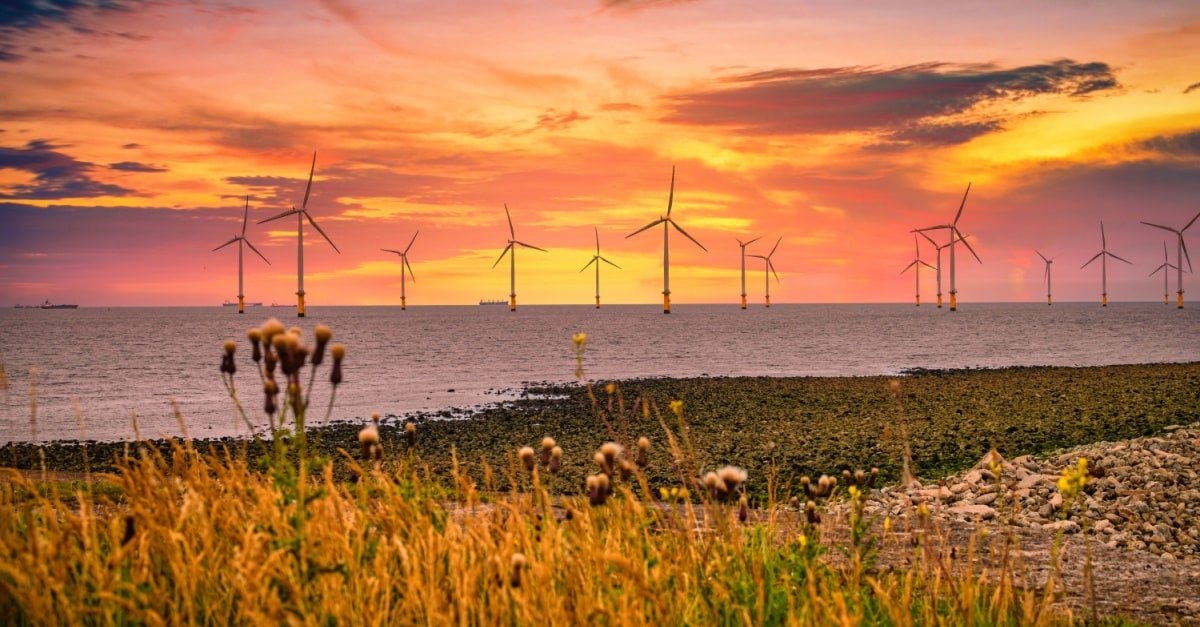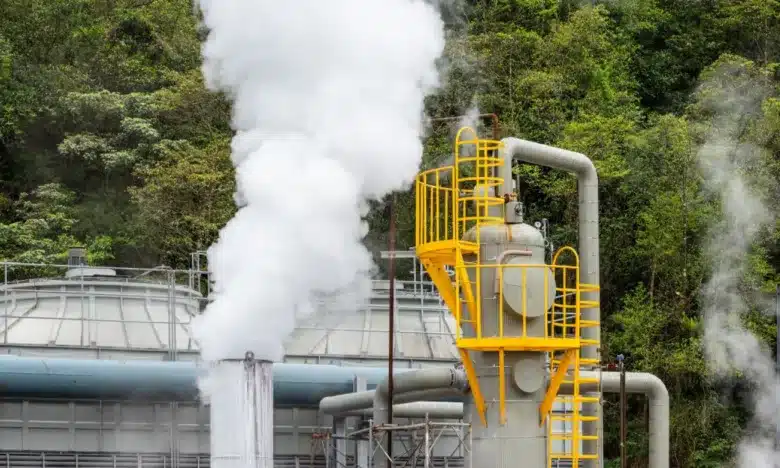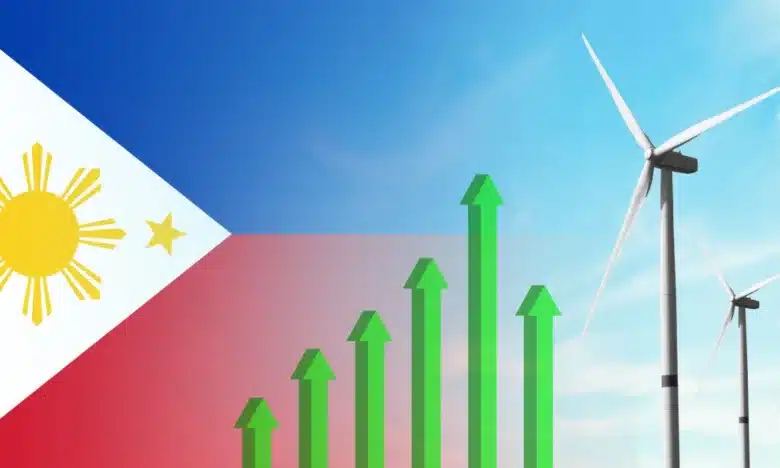
Is Offshore Wind Worth It? A Look at Its Pros and Cons
- June 30, 2025
Offshore wind is expanding as a significant part of the global shift toward renewable energy. In 2024, the sector added around 8 gigawatts (GW) of new capacity, bringing the global total to approximately 83 GW.
Analysts forecast a strong rebound in 2025, with about 19 GW expected to come online and around USD 80 billion in new investments. China continues to lead in installations, while regions like Europe, the UK, the US are also accelerating their offshore efforts.
Much of this momentum is fueled by national climate commitments and a record surge in lease sales that open vast offshore areas for wind energy development.
(Also read: EDC to Drill 19 New Geothermal Wells Ahead of 50th Anniversary)
Offshore wind’s bright side
Offshore areas benefit from wind speeds that are not only stronger but also more consistent than those on land. Just 10 kilometers from the coast, wind speeds over the sea can be around 25% higher compared to onshore levels. Because these stronger winds last longer, offshore wind farms can produce electricity up to two or three times longer than their land-based counterparts over the same period.
Governments worldwide are incorporating offshore wind into their plans to meet climate targets. For example, the European Union had a total of 19.4 GW of offshore wind capacity by 2023, including 3 GW added during that same period. This figure is expected to rise to 111 GW by
2030 and reach 317 GW by 2050, reflecting strong commitments by Member States.
Turbine technology is also boosting the industry. Siemens Gamesa offers one of the world’s most powerful offshore turbines, delivering 14 megawatts (MW) with a boost option to 15 MW—designed to generate more power using fewer units. Meanwhile, China’s MingYang Smart Energy has built a massive offshore turbine with 118-meter blades. Each unit can generate enough electricity annually to power over 20,000 homes.
Another key advantage of leveraging offshore wind is that it doesn’t use any land, avoiding conflicts over space for farming, housing, or natural habitats.
(Also read: Wind and Water Shortfalls Raise Questions About Renewable Resilience)
How expensive is offshore wind?
According to the International Energy Agency (IEA), rising inflation and steep interest rates have put pressure on the wind industry, driving up project costs and straining investment plans.
Operation and maintenance account for around 23% of offshore wind project costs, compared to just 5% for onshore. As a major contributor to the levelized cost of energy (LCOE), which is the average cost of producing electricity over a project’s lifetime, reducing these expenses is key to improving cost efficiency.
These challenges are evident in real-world projects. For instance, the Coastal Virginia Offshore Wind project in the US saw costs rise from USD 9.8 billion to USD 10.7 billion, driven by higher network upgrades and onshore connection expenses.
In Japan, Chubu Electric reported an 18-billion yen (USD 116 million) loss on three Mitsubishi-led offshore wind projects between April and December 2024. Inflation, a weak yen, supply chain constraints, and high interest rates are key cost drivers.
Also, Danish energy firm Ørsted has scrapped plans for the massive Hornsea 4 offshore wind farm in the UK, citing rising costs, global market uncertainty, and weakened investor confidence. The cancellation could cost the company up to USD 838 million in fees and write-downs.
Aside from high costs, other drawbacks of offshore wind include environmental challenges. Offshore structures and construction noise can disrupt marine ecosystems, affecting seabed habitats, marine mammals, fish, and seabirds.
Long transmission distances require undersea cables, which are vulnerable to damage from anchors, shifting sea beds, and ocean erosion. Repairs can take over three months and lead to significant downtime and added costs.
Undersea high-voltage direct current (HVDC) links are expensive—costing around 5 times more than overhead cables for point-to-point systems, and up to 11 times more for multi-terminal offshore networks.
Offshore wind farms are also far more expensive to build and maintain than those on land, largely due to challenging ocean conditions, specialized transport needs, and complex marine logistics.
Offshore wind projects typically require double the upfront investment compared to onshore farms. Additionally, their ongoing operations and maintenance expenses are estimated to be three to five times higher than those of land-based wind facilities.
Offshore wind’s viability in the PH
Offshore wind is gaining attention as a potential energy source for the Philippines, with several promising factors driving interest.
The country has an estimated 178 GW of technical offshore wind potential—enough to make a significant contribution to its energy mix. This has attracted strong interest from local and international developers, with 92 service contracts awarded as of October 2024, representing around 68 GW in potential capacity.
Moreover, the Global Wind Energy Council (GWEC) notes that the Philippines, ranked as the world’s fourth-largest shipbuilder with 124 shipyards and a workforce of about 48,000 as of end-2022, is well-positioned to expand its capabilities and become a key player in supporting offshore wind development.
While these developments signal growing momentum, several challenges remain.
Drawing from World Bank data, GWEC noted that offshore wind projects come with steep initial costs, typically ranging between USD 3 million and USD 4 million per megawatt. These high capital requirements, along with infrastructure gaps and supply chain constraints, continue to stall progress in building a robust offshore wind market in the Philippines.
The government aims to generate the first offshore wind power by 2028. It hopes to attract investors by allowing full foreign ownership, launching the Energy Virtual One-Stop Shop (EVOSS), and coordinating with agencies to fast-track permits and modernize ports. Still, developers face persistent hurdles from bureaucratic red tape, making project rollout challenging.
While EVOSS is designed to streamline permitting, its effectiveness is undercut by persistent local-level corruption. In a 2023 Philippine Star report, a Belgian solar developer revealed it had to abandon its project after being asked for a 30% kickback or “lagay” by local officials just to process permits.
This anecdote exposes a critical loophole: although EVOSS digitizes and centralizes approvals at the national level, it cannot insulate developers from informal payment demands by local government units (LGUs) or port authorities. Such practices increase project risk, distort timelines, and discourage reputable investors.
Currently, offshore wind development in the Philippines remains sluggish. As of January 2025, just five of the 92 approved projects have entered permitting or environmental review, hindered by regulatory hurdles and protracted timelines.
GWEC encouraged the government to tap into carbon markets and renewable energy certificates to strengthen support for offshore wind. It also called for developing local supply chains, noting that public incentives and private investment could help build domestic manufacturing, cut import dependence, and boost economic growth.
Building an offshore wind farm is a long game. While onshore projects typically take between four and eight years to complete, offshore projects often span seven to eleven years. This includes up to five years for development, up to three for pre-construction, and another two to four years for construction.
Bottom Line
Strong government backing and cross-sector collaboration are essential to jumpstart offshore wind in the Philippines. In the U.S., a 30 GW target by 2030 is being driven by USD 65 billion in investments, tax breaks, and streamlined permitting. Additionally, the IEA notes that far more aggressive policy action and private sector support are needed in cutting offshore wind costs and speeding up approvals.
Despite strong rhetoric and rising energy demands, the Philippine government’s 2028 target for offshore wind appears increasingly unrealistic. Global benchmarks show that offshore wind projects typically take several years to complete, even under optimal conditions.
Costs add another layer of concern, with offshore wind requiring significantly greater investment than onshore alternatives. Combined with unresolved issues such as port readiness, weak grid infrastructure, and fragmented permitting, the outlook for timely and efficient development remains highly uncertain.
The Department of Energy must take a hard look at the viability of this timeline. Rather than pushing forward with an overly ambitious and costly plan fraught with delays, a recalibrated strategy that aligns with institutional capacity, financing realities, and energy security needs may be the more prudent path forward.
Sources:
https://renews.biz/101424/offshore-wind-hits-83gw-as-2024-breaks-records/
https://www.ren21.net/gsr-2023/modules/energy_supply/02_market_developments/10_windpower
https://www.nature.com/articles/s41598-021-91283-3
https://www.saurenergy.com/solar-energy-blog/offshore-wind-power-emerges-as-a-key-renewable-source
https://eepower.com/news/wind-powerhouse-siemens-gamesas-15-mw-giant
https://www.nesfircroft.com/resources/blog/the-biggest-wind-turbines-in-the-world
https://www.iea.org/energy-system/renewables/wind
https://www.sciencedirect.com/science/article/abs/pii/S1364032121001805
https://www.offshorewindtimes.com/OffshoreWindEnvironmental/index.html
https://greenenergyinsight.com/10-challenges-of-offshore-wind-farms
https://malaya.com.ph/business/corporate/prospects-for-offshore-wind-power-rosy
https://www.reuters.com/markets/asia/philippines-q1-gdp-grows-54-yy-2025-05-08/
https://www.renewableenergyworld.com/wind-power/large-wind
https://www.iberdrola.com/about-us/our-activity/offshore-wind-energy/offshore-wind-park-construction
https://www.philstar.com/business/2023/07/19/2282012/corruption-hinders-re-investment



